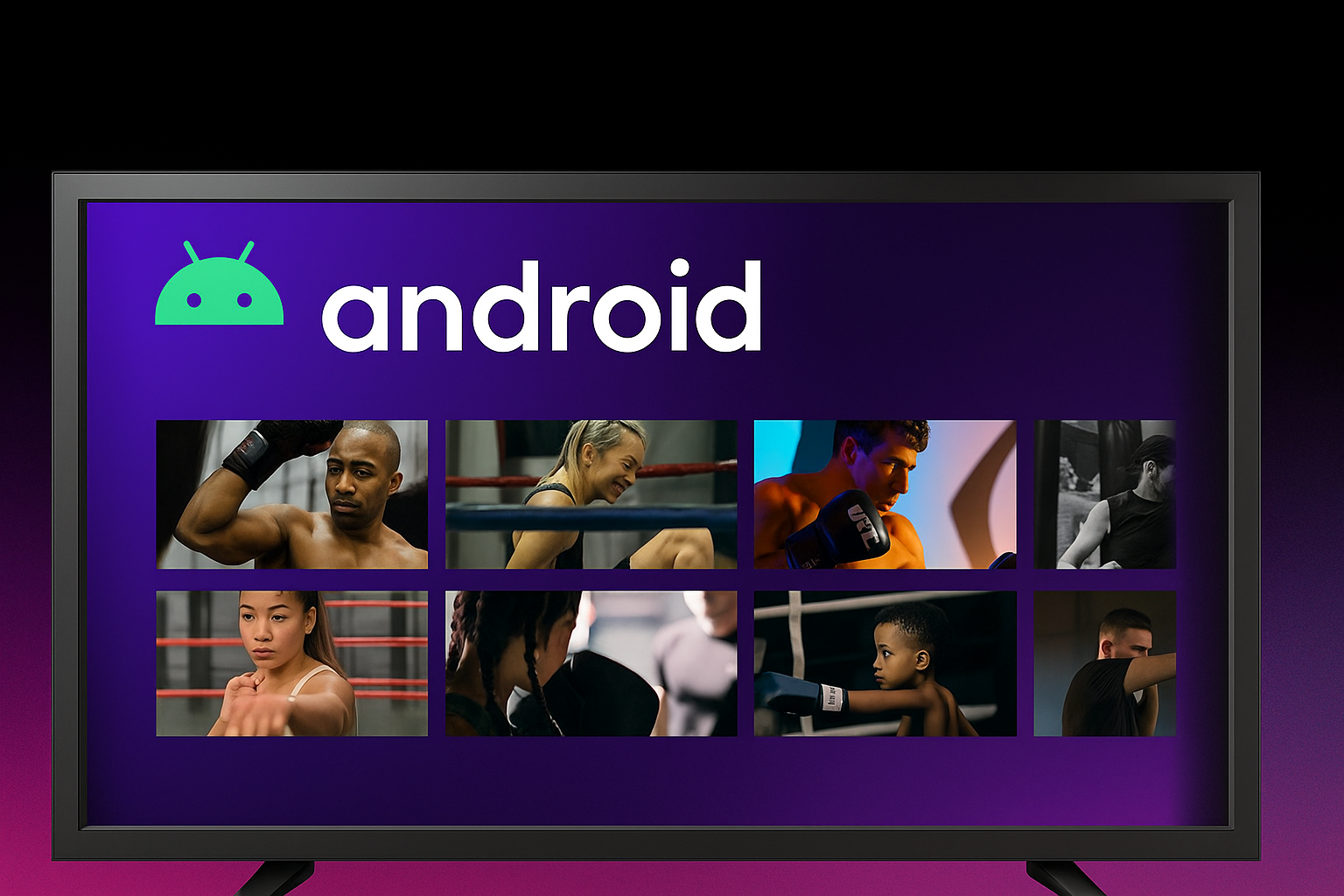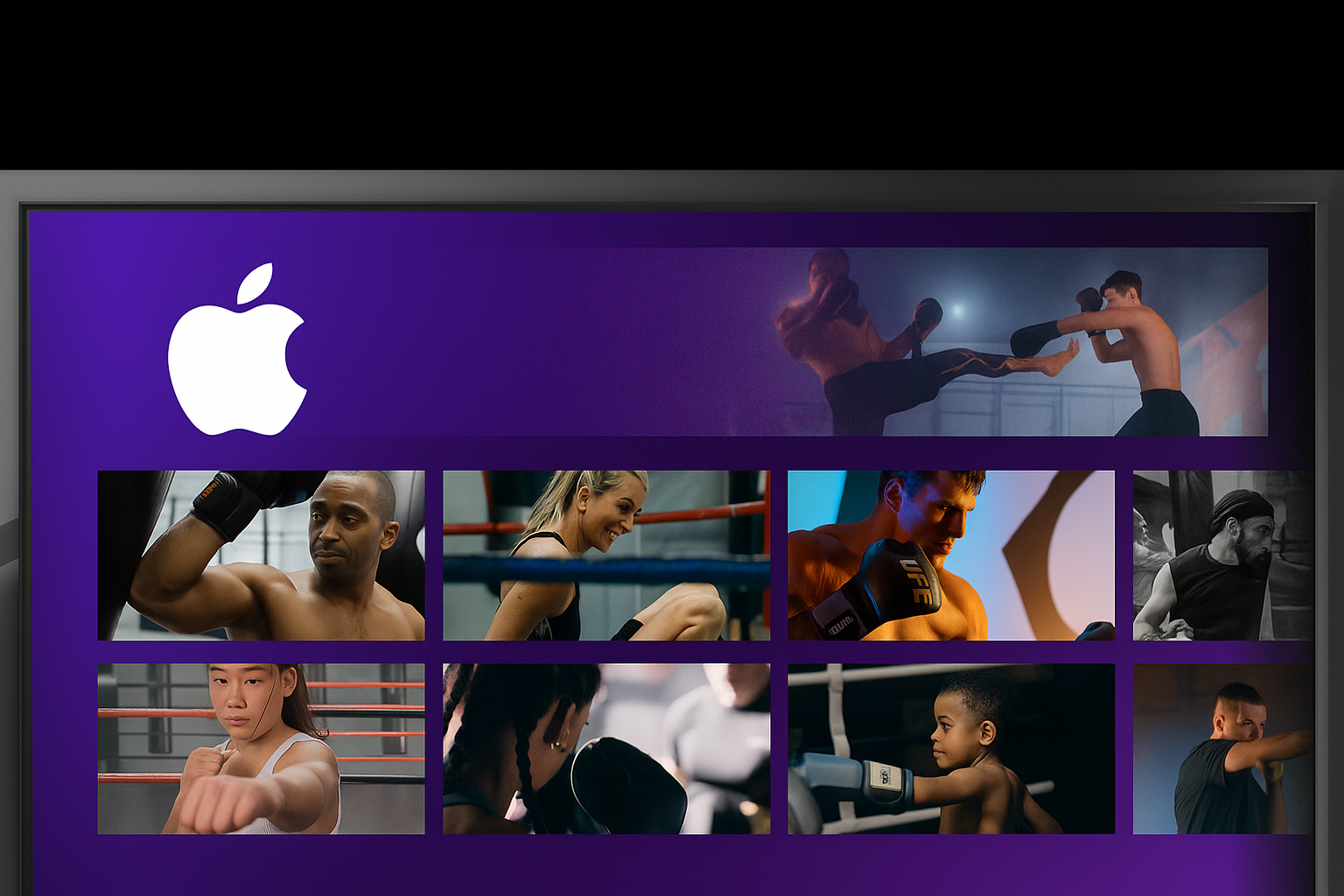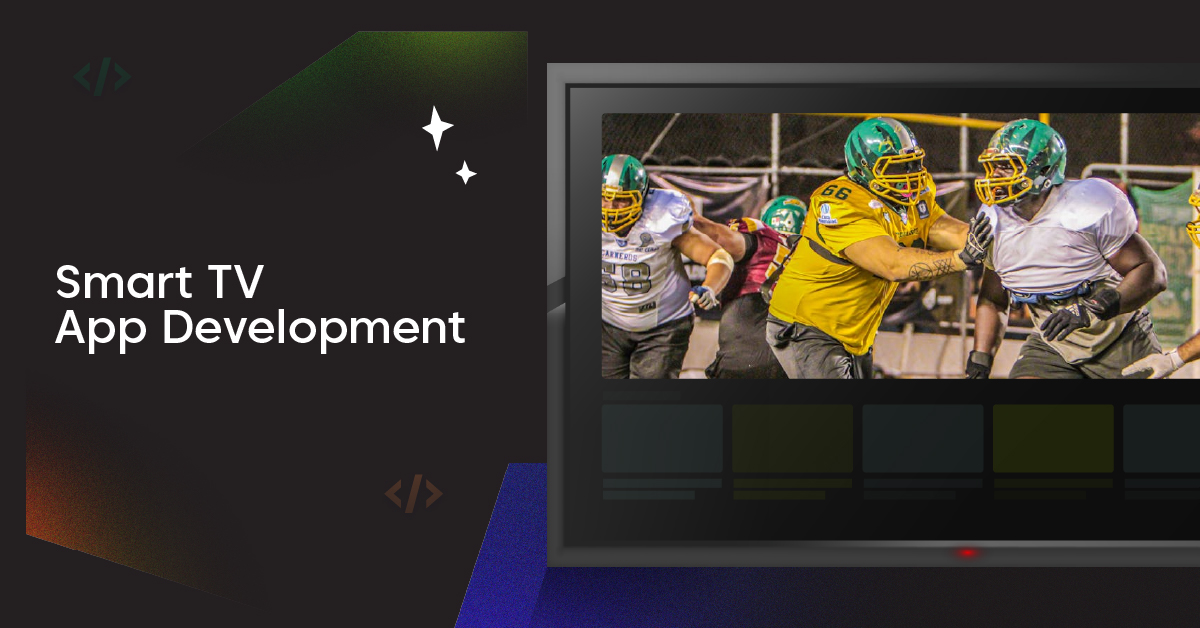RTMP protocol stands as a cornerstone in video streaming technology. RTMP, or Real Time Messaging Protocol, is a set of rules that transmits audio, video, and other data over the internet. This TCP-based protocol is crucial for live-streaming video services. It allows high-quality content to reach viewers in real-time.
Understanding RTMP is essential for anyone involved in online video broadcasting. Whether you’re a content creator, a media server administrator, or simply a user enjoying live video, RTMP plays a key role. It ensures reliable stream transport and maintains video quality.
In this post, we will delve into the details of RTMP streaming. We will cover how it works, its variations, and the setup process.
What is RTMP?
Real-Time Messaging Protocol, or RTMP, is a data transmission technology that is used for live video streaming. This streaming protocol was developed by Macromedia, which Adobe later acquired. It came into existence in the early 2000s. The primary purpose of RTMP is to enable live video data streaming online. It’s a system designed for high-performance audio, video, and data transmission between a server and a player.
The RTMP protocol is particularly well-suited for live streaming because it can maintain persistent connections. This ensures real-time communication. When you watch a live event online, RTMP often works behind the scenes. It helps in ingesting the video data. RTMP ingest is a highly technical process that takes live video content from the source and sends it to a server. From there, an RTMP server distributes the video to viewers.
What is RTMP Streaming?
RTMP streaming is a method used to deliver live video streams over the internet using RTMP protocol. RTMP allows the video data to move efficiently between a streaming server and a player. Unlike other streaming protocols, RTMP keeps the connection open. This lets data flow continuously, which is crucial for live video. It also supports adaptive bitrate streaming. This means the video quality adjusts based on the viewer’s internet speed. This helps to prevent buffering and ensures a smooth viewing experience. RTMP is a reliable choice for creators and broadcasters who need to stream live events without delays or interruptions.
Key Features of RTMP Protocol
Here are the main features of RTMP (Real-Time Messaging Protocol) explained in an easy-to-understand way:
1. Low Latency
Low latency means there’s very little delay between what’s happening live and what viewers see on their screens. Think of it like a FaceTime call—you want to see and hear things instantly! RTMP is really good at this, which is why it’s perfect for live streaming things like gaming, sports events, or live concerts. When someone is broadcasting live on platforms like Twitch or YouTube Live, RTMP helps ensure viewers aren’t watching things that happened several seconds ago.
2. Persistent Connections
RTMP creates a stable, long-lasting connection between the broadcaster (the person streaming) and the server (where the video is processed). It’s like having a dedicated phone line that stays open throughout your entire conversation. This continuous connection ensures that your live stream doesn’t keep cutting out or disconnecting. The persistent connection is crucial for maintaining smooth, uninterrupted streaming, especially during long broadcasts like gaming sessions or live events.
3. Adaptive Bitrate Streaming
This feature is like having a smart video player that automatically adjusts the quality of your stream based on your internet speed. If your internet connection gets slower, RTMP will lower the video quality to prevent buffering (that annoying spinning wheel). When your connection improves, it automatically increases the quality again. This means viewers can watch your stream without interruptions, regardless of their internet speed. It’s similar to how Netflix adjusts video quality when your internet isn’t working great.
4. Security Features
RTMP comes with different security options to keep your streams safe. The main security version is called RTMPS, which adds encryption (like a secret code) to protect your stream from being intercepted by others. It’s like sending your video through a secure tunnel that only authorized viewers can access. This is especially important for private streams like corporate meetings or paid events
5. Multiplexing Capability
Multiplexing means RTMP can send multiple types of data (video, audio, and other information) all at once through a single connection. Think of it like a highway with multiple lanes – different types of traffic can all move simultaneously without getting mixed up. This helps manage bandwidth efficiently and ensures that your video and audio stay perfectly synchronized during the stream
6. Wide Compatibility
RTMP works with many different devices and platforms. Whether you’re streaming from a computer, phone, or professional camera, RTMP can handle it. It’s supported by popular streaming platforms like YouTube Live, Facebook Live, and Twitch, making it a versatile choice for broadcasters. This compatibility is like having a universal adapter that works with different types of plugs – it connects everything together seamlessly
How Does RTMP Work?
RTMP is particularly important for live-streaming events and online streaming platforms. The process of RTMP involves several steps to ensure that the content reaches the viewer efficiently and with low latency. Let’s break down how RTMP works into three key stages:
- Handshake,
- Connection &
- Stream.
1. Handshake
The handshake is the initial step in the RTMP process. It begins when the client, a streaming software or device, reaches out to the server to start a connection. This step is crucial for establishing a reliable link between the two. During the handshake, three packets of data are exchanged. These packets contain information about the RTMP version being used and timestamps that help synchronize the connection. The handshake ensures the client and the server are ready to communicate and exchange video and audio content.
2. Connection
After a successful handshake, the next step is to establish a connection. This is where the client and server agree on the specifics of the streaming session. The client sends a request to the server using Action Message Format (AMF) encoded messages. These messages include details like the connection URL and the types of audio and video codecs that will be used. The server then reviews this information. If everything is in order, the server gives the green light, and the connection is set. This approval signals that the server is ready to receive the video ingest from the RTMP encoder.
3. Stream
With the handshake and connection in place, the stream can begin. This is the phase where the actual video and audio content is sent from the client to the server. The server then pushes this content out to the viewers on the streaming platforms. RTMP allows for user commands such as createStream, play, seek, and pause. These commands help manage the flow of the streaming data. They give the broadcaster control over the stream, making it possible to start or stop the video, rewind it, or jump to a different part of the content.
Variations of RTMP
The RTMP protocol has several variations. Each one serves a specific purpose and adapts to network conditions or security requirements. Here’s a look at the main variations:
1. RTMP proper: This is the standard form of RTMP that operates over the Transmission Control Protocol (TCP). It typically uses port number 1935. This version is widely used for streaming video and audio data efficiently.
2. RTMPS: This variation adds a layer of security by running RTMP over a Transport Layer Security (TLS/SSL) connection. RTMPS ensures that the data is secure during transmission, making it harder for unauthorized users to access the stream.
3. RTMPE: RTMP Encrypted (RTMPE) protects Adobe’s security mechanism. Although the specifics of this method are not public, it uses recognized cryptographic techniques to safeguard the data.
4. RTMPT: RTMP Tunneled (RTMPT) is designed to get around firewalls by wrapping RTMP packets within HTTP requests. It often uses ports 80 and 443, which are typically open on most networks, allowing the stream to pass through firewalls without being blocked.
5. RTMFP: RTMP over User Datagram Protocol (UDP) is known as RTMFP, which stands for Real-Time Media Flow Protocol. This version is different from the others because it uses UDP instead of TCP, facilitating peer-to-peer (P2P) connections. It allows users to connect and communicate directly, enhancing interactive experiences.
Understanding RTMP Encoding
Encoding is a crucial step in live video streaming. It involves converting raw video and audio data into a digital format. This format is suitable for transmission over the Internet. RTMP encoding specifically prepares the data for streaming via the RTMP protocol.
An RTMP encoder takes the video and audio input from a camera or other source. It then compresses this information. The goal is to reduce the file size while maintaining the quality. This process is essential. It makes the data manageable for streaming. It also ensures viewers can watch the live video smoothly, even with limited bandwidth.
The video and audio data are encoded into a stream of digital packets during encoding. These packets are then sent over the internet to an RTMP server. The server plays a key role. It receives the encoded data and prepares it for distribution to viewers.
There are two types of encoders:
- Hardware
- Software.
Hardware encoders are dedicated devices. They are often used in professional streaming setups. They are known for their reliability and high-quality streaming. Software encoders, on the other hand, run on computers. They are more flexible and less expensive. They are a popular choice for many streamers.
RTMP encoders also support adaptive bitrate streaming. This technique adjusts the video quality in real time. It is based on the viewer’s internet speed. This ensures the best possible viewing experience. It minimizes buffering and interruptions.
RTMP-Based Encoding Software
Encoding software is essential for converting raw video and audio data into a format suitable for live streaming. Regarding RTMP streaming, certain software stands out for its reliability and features.
Wirecast: It is a professional live video streaming tool. It offers many features, including multiple camera inputs, graphics, and overlays. Wirecast supports RTMP streaming, making it a strong choice for high-quality live broadcasts.
OBS Studio: OBS Studio is a popular choice among streamers for its no-cost access and open-source nature. It supports RTMP streaming and provides a range of features such as scene composition, audio mixing, and transitions, all without a hefty price tag.
vMix: This is another powerful live production software. It caters to professional broadcasters with live mixing, switching, and streaming features. vMix supports RTMP and provides a high level of control over video quality.
VidBlasterX: This is a versatile live video production software. It operates on a modular system, allowing users to customize their setup. VidBlasterX supports RTMP streaming and offers features like video effects and replay.
TriCaster: TriCaster is a comprehensive live production system. It is a hardware and software encoder that supports RTMP streaming. It’s known for its robustness and is used in professional broadcast environments.
Each of these encoding solutions offers unique features and prices. They all support RTMP, ensuring compatibility with many streaming platforms and servers.
How to Live Stream with RTMP on Castr
Most live streaming services and encoders today are using the RTMP format. RTMP effectively maintains low latency for streams with stable audio and video connections.
As a result, most of the livestreaming community chooses to transmit the media to an RTMP server to best leverage the protocol’s advantages. The streamers will then transcode it into other technologies like HLS, DASH, or SRT for multi-device delivery.
Today, a stream typically combines RTMP and HLS protocols for low latency and adaptive quality for the viewers.
A particular stream setup with RTMP protocol would look like this:
- Record the stream with an RTMP-compatible camera or encoder.
- You can choose between an IP camera, software encoder, or hardware encoder. A popular choice is the free OBS software.
- Once the recording and encoding are finished, it is converted to another protocol for better egress quality.
Here’s how you can do it with Castr:
- Head over to Castr’s dashboard
- Open your project
- Copy the RTMP ingest URL and Streaming Key
- Paste into your encoder’s RTMP configuration
Although your video and audio input use the RTMP protocol, Castr gives you many options for stream output, including RTMP, RTSP, HLS, and MPEG-TS.
Once you have successfully set up the stream, it is best to have a test run to see if your setup and all the stream’s specifications run as planned before actually going live.
Limitations of the RTMP Protocol
1. No Support for Quality Switching: RTMP can’t automatically change video quality when your internet connection gets better or worse. Imagine watching a YouTube video – when your internet is slow, you want it to switch to a lower quality so it doesn’t keep buffering. RTMP can’t do this on its own, unlike newer systems like HLS that can adjust the video quality based on your internet speed. This means viewers might experience more buffering or poor quality when their internet connection isn’t stable
2. Browser and Device Compatibility Issues: Since RTMP was originally made to work with Adobe Flash (which isn’t used anymore), it doesn’t work directly in modern web browsers. This is like having an old video game that won’t play on new gaming consoles. Content creators and streaming platforms have to convert RTMP streams into different formats so people can watch them on their phones, tablets, or computers. This extra step can make things more complicated and sometimes cause delays
3. Security Weaknesses: The basic version of RTMP isn’t very secure – it’s like sending a letter without putting it in an envelope. While there is a secure version called RTMPS, the protocol still lacks modern security features that protect content from being copied or accessed by unauthorized people. This is especially important for streamers who want to keep their content safe and private
4. Network and Firewall Problems: RTMP often has trouble getting through firewalls (digital security walls) that many schools and offices use. It’s like trying to enter a building through a specific door that’s usually locked. The protocol typically uses a special internet port (Port 1935) that’s frequently blocked by these security systems, making it hard for some people to access RTMP streams
5. Limited Video Quality Options: RTMP struggles with supporting newer video formats and super high-quality videos like 4K or 8K. It’s similar to trying to play a modern video game on an old computer – it just wasn’t designed to handle these newer, more demanding formats. This limitation means streamers might not be able to broadcast their content in the highest possible quality
6. Higher Latency Than WebRTC and SRT: While RTMP was once considered fast, newer streaming protocols can deliver video quickly. Think of it like sending a text message versus using a walkie-talkie – newer systems are more immediate. For activities where split-second timing matters, like live gaming streams or interactive broadcasts, RTMP’s delay can be noticeable
7. Problems on Unstable Networks: When your internet connection isn’t stable, RTMP can have trouble keeping the stream smooth. It uses a system called TCP that, while reliable, can cause stuttering and freezing when the internet connection is poor. It’s like trying to have a phone conversation in an area with bad cell service – the conversation keeps breaking up
8. Complex Setup Requirements: Setting up RTMP streams can be technically challenging, especially compared to newer streaming methods. It’s like needing to be a mechanic to drive a car, while newer protocols are more like modern cars that are easier to operate. This complexity can make it harder for new streamers to get started
RTMP Alternatives
Now, let’s explore some alternatives to this protocol that you might encounter in the world of video broadcasting.
HLS Streaming Protocol
Developed by Apple, HLS is one of the HTTP-based streaming protocols that most streamers love for its versatility.
HLS, short for HTTP Live Streaming, is made to be compatible with most devices, including iOS and Android operating systems. The HLS protocol uses the standard web server and content distribution networks. It optimizes the scalability of the stream, simultaneous viewing, and accessibility for a more extensive audience.
RTMP and HLS Protocols
HLS allows you to reach the maximum possible viewers with your livestream, while RTMP helps your audio and video’s stability and quality. The combination of RTMP and HLS is most famous as the encoder and transmitter pair to deliver the best streaming quality possible.
If you are using streaming services, encoding the RTMP ingest to HLS is done automatically on the server end. For example, when you stream with Castr, the RTMP stream is ingested and then transcoded to HLS in almost no time. Castr will then push the stream to your viewers via our worldwide servers, accessible by any end device and with low latency.
MPEG-DASH Protocol
DASH is an open-sourced, HTTP-based protocol designed to be the competitor to HLS from Apple. This DASH protocol is an adaptive bitrate video method that supports DRM, HTTP delivery, and lower-latency streaming, making it a standard in the industry.
RTSP Streaming Protocol
RTSP is short for Real-Time Streaming Protocol, which controls the streaming servers used in entertainment and communications systems. The RTSP is a presentation-layer protocol for the end-users to command media servers via the pause and play capabilities.
Conclusion
RTMP ensures swift, low-latency broadcasts of video and audio online. This protocol is key for real-time audience engagement. It delivers smooth streaming and adapts to various internet speeds. RTMP’s wide acceptance makes it a go-to choice for many broadcasters.
While new protocols emerge, RTMP remains a trusted standard. It integrates well with many systems, making it a reliable option for live streaming. Broadcasters continue to rely on RTMP for its solid performance.
To fully grasp the potential of RTMP, consider exploring its features firsthand. If you’re ready to dive into live streaming with RTMP, Castr’s RTMP Server offers a robust platform. It’s designed to help you create impactful live-streaming content.
For any inquiries about RTMP, reach out to Castr’s support team. They are available around the clock to assist you. They can provide the resources you need to understand this technical area.
Ready to take your live streaming to the next level? Try Castr today with a free 7-day trial of our Starter plan. Experience the power of seamless streaming with 5GB of bandwidth for your embeddable players and 1GB of video storage to get started. Our trial includes features like Multistream, Pre-recorded livestream, Paywall, Advertising, Cloud recording with up to 3 days of storage, Analytics, and Password protection. If you find yourself needing more, you can easily upgrade to a paid plan for additional streaming bandwidth, extra destinations, and advanced features such as adaptive bitrate streaming, HLS URL, RTMP, and SRT Pull Links.







